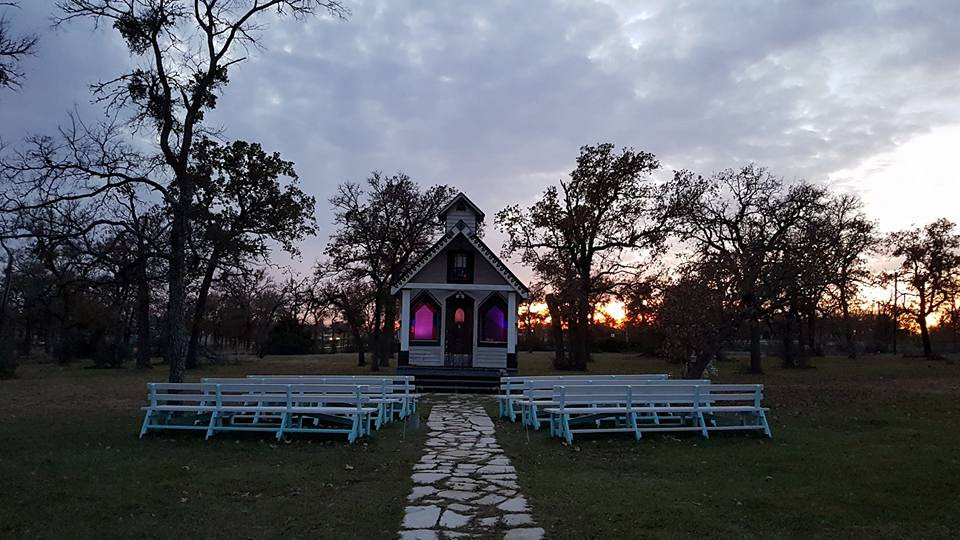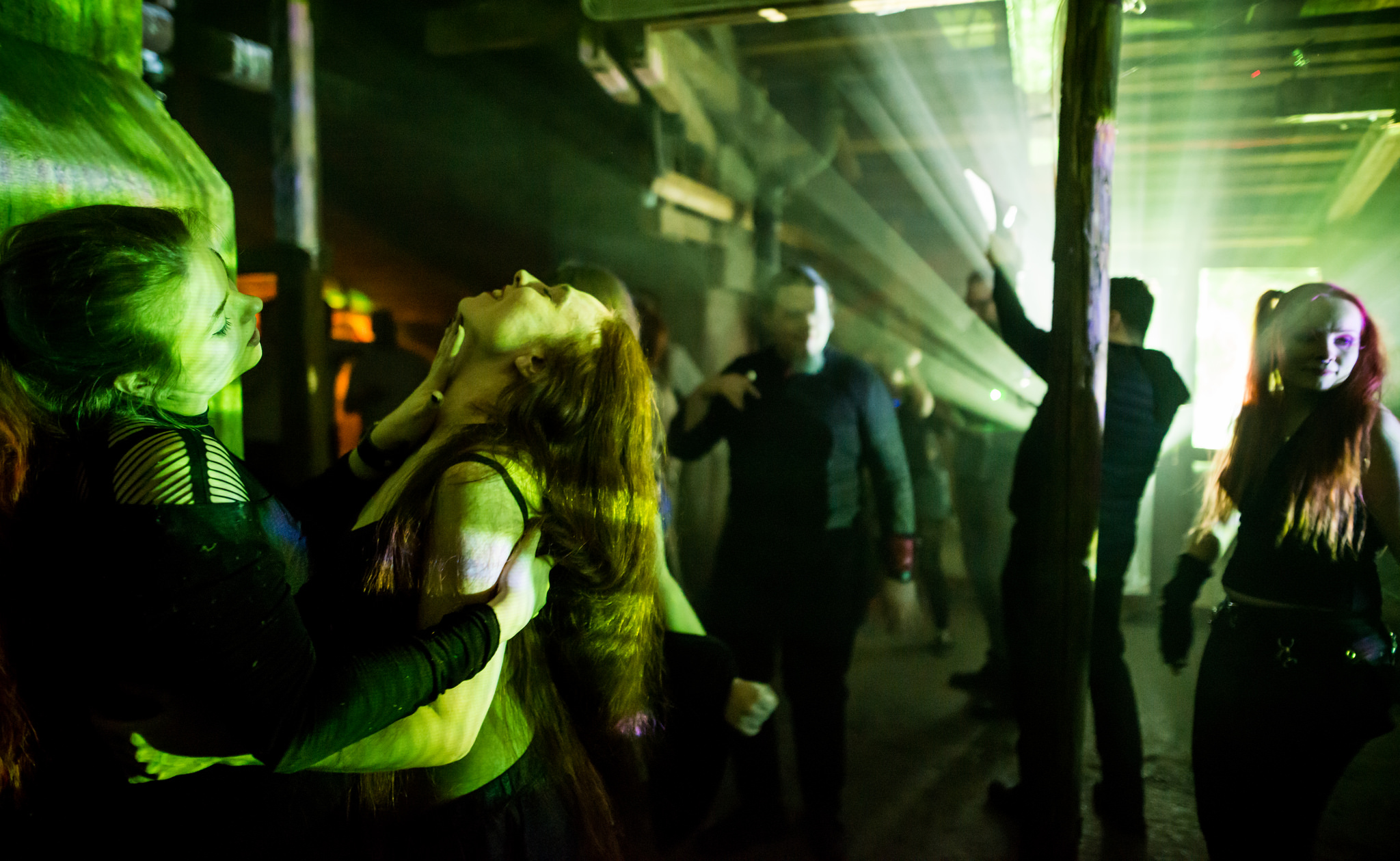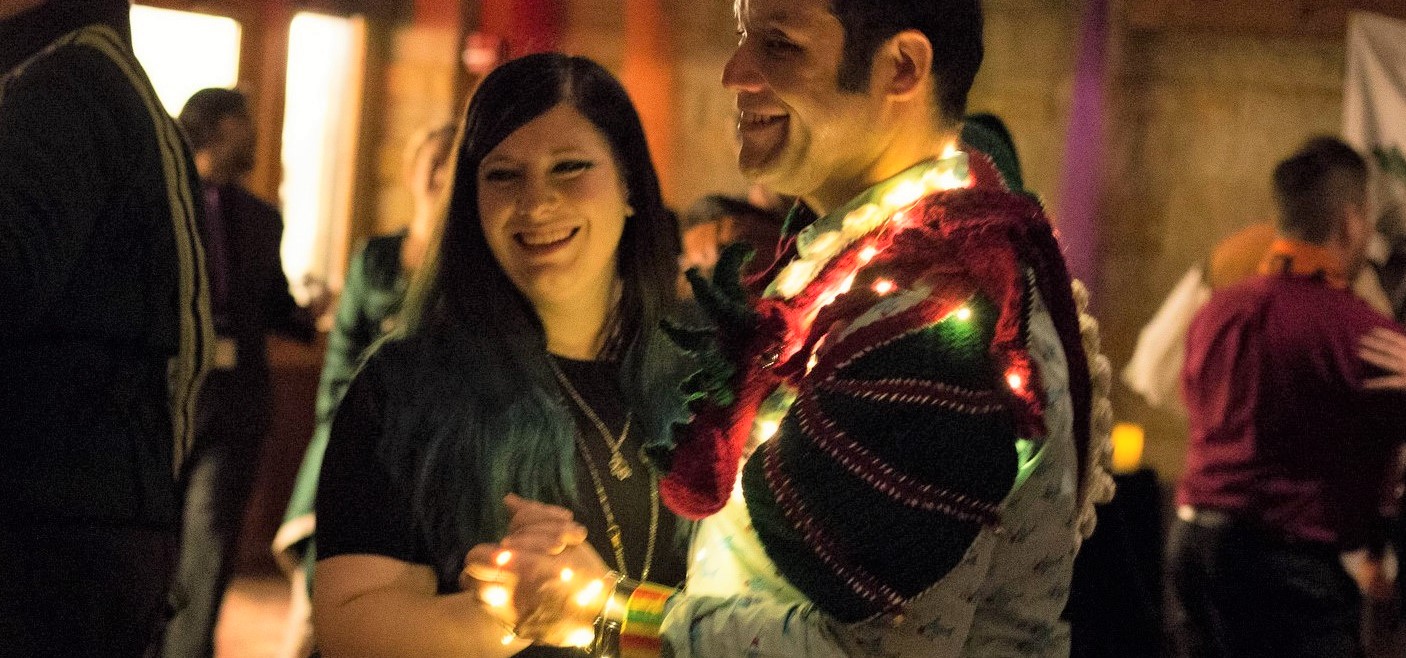Tag: White Wolf
-

Epiphany – A Collaborative Mage: the Ascension Larp
Epiphany was a collaborative larp based loosely on Mage: The Ascension that took place December 15-17, 2017 in Austin, Texas. The larp was set during a weekend-long spiritual retreat where mentors help initiate mages navigate their Awakenings and come into their power.
-

Enlightenment in Blood: A Pervasive World of Darkness Nordic Larp
It’s not a revolution… it’s an insurrection. Anarch catchphrase during Enlightenment in Blood Enlightenment in Blood was an official White Wolf larp in the Nordic style spanning 10 locations for approximately 200 players in the city of Berlin. The larp lasted five hours and took place in the Friedrichshain district on May 12, 2017. Developed
-

White Wolf’s Convention of Thorns – A Blockbuster Nordic Larp
Convention of Thorns is an official White Wolf Nordic-style Vampire: the Masquerade larp. The first run was held between October 27-30, 2016 at Zamek Książ, a castle in Poland. The larp was a joint collaboration between White Wolf and Dziobak Larp Studios. This scenario plays out a crucial moment in the canon of vampiric history,
-

End of the Line: White Wolf’s First Official Nordic-Style Larp
End of the Line is the first official Nordic larp under the One World of Darkness produced by White Wolf and Odyssé since the IP was acquired by Paradox Entertainment.
